Are you wondering which pet is better for your home, a guinea pig or rat? Both are small mammals that make wonderful pets and have unique personalities. But, beneath the surface lies a range of distinctions between guinea pigs and rats. From housing requirements to feeding needs and exercise demands, we’ll take an in-depth look at both animals so you can decide which one will fit best into your family.
Read on to discover all of the details about these two furry friends – from their grooming habits to how they interact with people – so you can pick out your perfect pet.
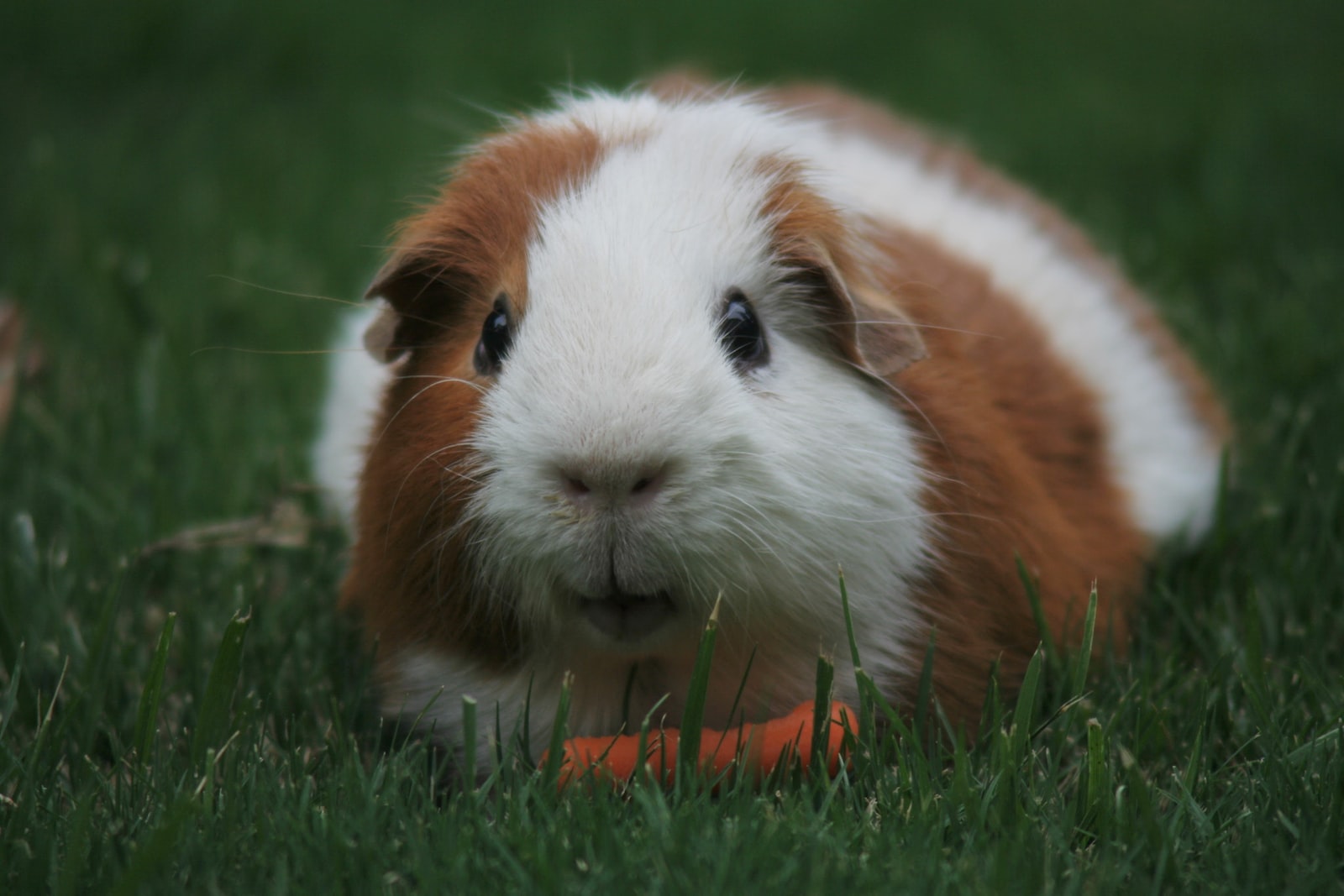
Table of Contents:
- Guinea Pig vs Rat: Overview
- Housing Requirements for Guinea Pigs and Rats
- Feeding Requirements for Guinea Pigs and Rats
- Exercise Requirements for Guinea Pigs and Rats
- Grooming Needs for Guinea Pigs and Rats
- FAQs in Relation to Guinea Pig vs Rat
- Conclusion
Guinea Pig vs Rat: Overview

When it comes to comparing guinea pigs and rats, there are several key differences between the two species. Physique, temperament, medical thoughtfulness, and upkeep costs are all elements to ponder when determining which pet rodent is most suitable for you.
The size contrast between guinea pigs and rats is striking; the former typically growing to a length of around 10 inches, while the latter seldom exceeding 6-8 inches. Guinea pigs can reach up to 10 inches in length, much larger than the 6-8 inch maximum of a rat. In terms of coloration, guinea pigs come in many varieties including white, black or brown with different markings on their fur while rats generally have greyish fur with lighter colored bellies.
Guinea Pigs are generally seen as gentle social animals who relish human contact, but can become easily agitated if they don’t receive the attention and interaction they need. Conversely, Rats tend to be quite sprightly and require plenty of playtime and mental stimulation to remain contented and vigorous.
Health Considerations:
Both rats species need regular veterinary checkups just like any other rodents however they do differ slightly when it comes down specific health concerns such as respiratory issues which are more common among guinea pig breeds due partly because of their larger size compared to a rat’s smaller frame. Additionally female rats may experience mammary tumors during adulthood so this should always be taken into account before adopting one of these furry friends into your home.
Overall, guinea pigs and rats are both small pets that require a certain level of care. Despite the necessary knowledge needed, it is feasible to offer both animals a cheerful and healthy home. Moving on from this overview of their physical characteristics, temperament and health considerations as well as cost of ownership; let us now take an in-depth look at their housing requirements for these two different species.
Housing Requirements for Guinea Pigs and Rats

Cage Size and Type:
When it comes to housing guinea pigs and rats, size matters. For guinea pigs, the amount of space needed is 7.5 square feet per pig at least; while two require a minimum of 10.5 sq ft for accommodation. Rats need more room than guinea pigs, with the minimum being 12 square feet for two rats and 18 square feet for four or more. Cages found in pet stores made from metal bars are best as they provide plenty of ventilation and allow your pet rats to climb around easily; however, plastic cages can work too if they are large enough with good air circulation.
Bedding Options:
Both guinea pigs and rats will benefit from soft bedding that is absorbent yet dust-free like wood shavings or paper pellets – avoid using cedar or pine shavings as these contain oils that can be harmful to small animals’ respiratory systems. It’s also important to change the bedding regularly so your pet stays clean and healthy; weekly changes should do the trick.
When setting up a home for your rat or guinea pig, you’ll want to consider some additional accessories such as tunnels/tubes, exercise wheels/balls and even hammocks. All these items will help keep your pet entertained while providing them with an enriching environment that promotes physical activity which in turn helps maintain their overall healthiness both mentally and physically.
Providing suitable accommodations for guinea pigs and rats is a must in order to guarantee their physical and mental health especially if you plan to have more than one of their own species. Equally significant is comprehending the dietary needs of these tiny creatures to enable them to flourish.
Feeding Requirements for Guinea Pigs and Rats
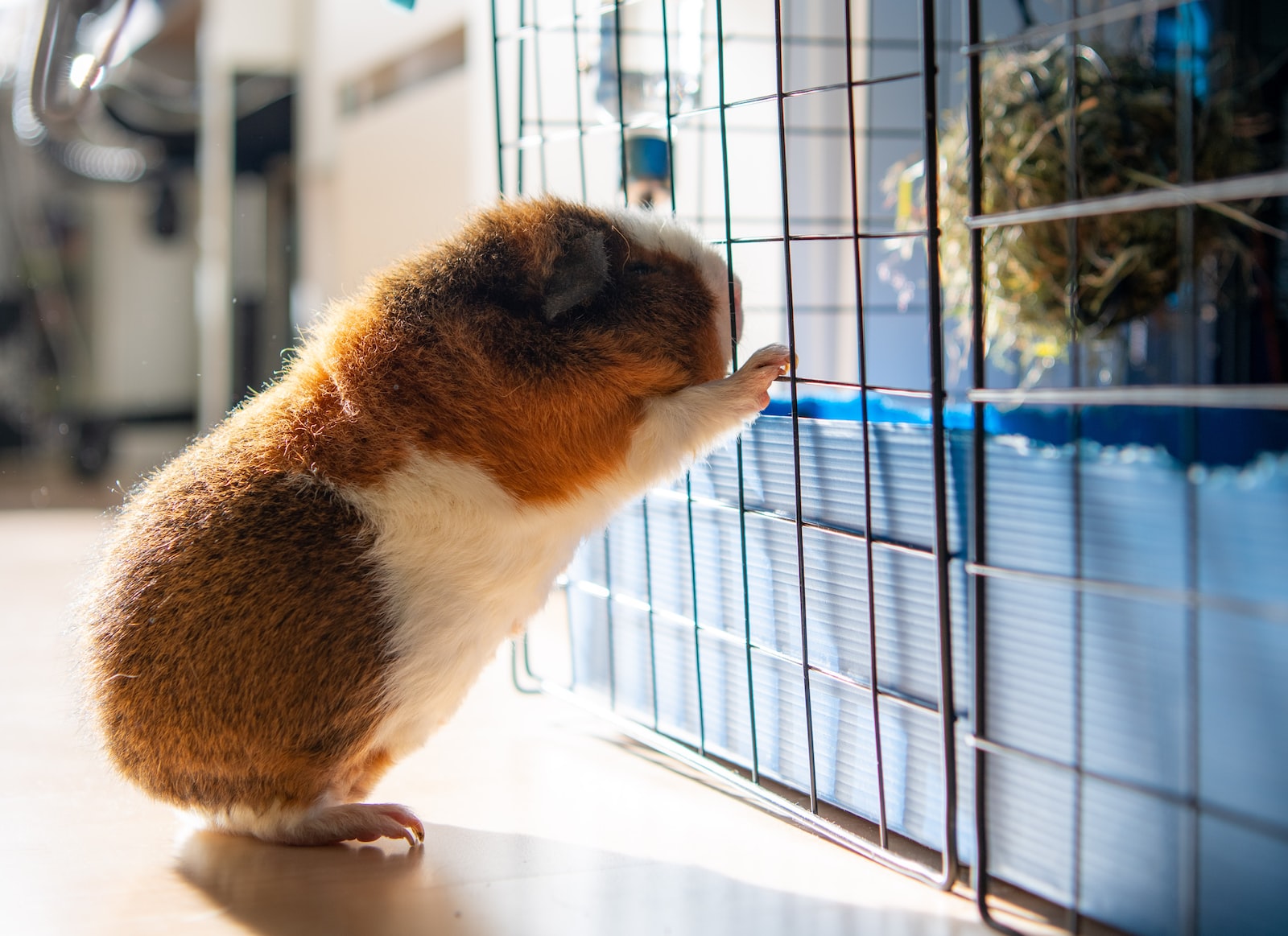
Diet Basics:
When it comes to feeding guinea pigs and rats, the most important thing is variety. These small animals need a combination of hay, fresh vegetables, and fortified pellets for optimal health. Hay should make up about 75% of their diet; it provides essential fiber which helps keep their digestive systems functioning properly. Fresh vegetables provide vitamins and minerals as well as moisture content that these animals need to stay healthy. Fortified pellets should make up no more than 25% of their diet; they contain all the necessary nutrients in one package but can be high in calories if fed too much or too often.
Nutritional Needs:
Guinea pigs and rats have different nutritional needs depending on age and activity level. Adult guinea pigs necessitate around an eighth of a cup of fortified pellets daily, whereas baby guinea pigs require somewhat less at a quarter cup (or two tablespoons). For an adult male rat, feed them approximately 1 tablespoon of fortified pellets per day with a few treats thrown in here and there such as fruits or nuts (in moderation). Young rats will need slightly more at 1-2 tablespoons per day depending on size and activity level.
Treats are an important part of any pet’s diet but should only be given sparingly when it comes to guinea pigs and rats due to potential weight gain issues caused by overfeeding sugary snacks like fruit or yogurt drops. If you do decide to give your pet treats, opt for low sugar options such as cooked veggies like carrots or peas instead. Additionally, supplements such as vitamin C may also be beneficial for some pets who don’t get enough from their regular diets; speak with your veterinarian before adding anything new into your pet’s routine though.
To provide optimal nutrition, the dietary needs of guinea pigs and rats should be tailored to their individual requirements. Exercising is a must for guinea pigs and rats to stay healthy, with some general standards that should be followed.
Exercise Requirements for Guinea Pigs and Rats

Guinea pigs and rats need regular exercise to stay healthy and happy. Enrichment activities provide mental stimulation, which is just as important for their wellbeing as physical activity. Playtime ideas help keep your pet active, entertained, and content in its environment.
Providing a variety of toys can keep guinea pigs and rats mentally stimulated, thus offering them an array of enrichment activities. These may include tunnels or tubes for exploration, chew toys made from natural materials such as wood or hay cubes, balls to be pushed around the cage with their noses, bird swings or ladders they can climb on, and cardboard boxes filled with shredded paper or hay which serve as hideouts. Moreover, food puzzles that encourage your pets to search for hidden treats while also stimulating their minds are highly recommended.
Allowing guinea pigs and rats out of their cages each day is essential for exercise. This could be done inside an enclosed area such as a playpen/run if you have other animals at home who may cause harm to your pet otherwise; let them roam free indoors where it’s safe. You could even take them outside (weather permitting), but ensure you supervise them at all times, letting them explore grassy areas is great fun too. Playing games together like hide-and-seek using treat rewards encourages interaction between yourself and your pet; teaching tricks like coming when called is another way to bond with your furry friend while also giving him some much needed exercise.
Grooming Needs for Guinea Pigs and Rats

Nail Trimming:
Long nails can cause pain, discomfort, and even injury when they become snagged on objects or surfaces. It’s important to trim the nails of both guinea pigs and rats at least once a month using a pair of pet-safe clippers designed for small animals. When clipping your pet’s nails, make sure you only cut off the tip of each nail and avoid cutting into the quick which is the pink area near the base of each nail that contains blood vessels.
Brushing/Combing:
Brushing or combing your guinea pig or rat regularly helps keep their coat healthy by removing dirt, debris, dead fur, and mats while also helping distribute natural oils throughout their fur. A soft brush made specifically for small animals should be used in order to reduce any discomfort caused by brushing against sensitive skin areas such as around ears or tail area. For optimal results, brushing your small animal companion two to three times a week is suggested, contingent upon the amount of shedding they exhibit during this period.
FAQs in Relation to Guinea Pig vs Rat
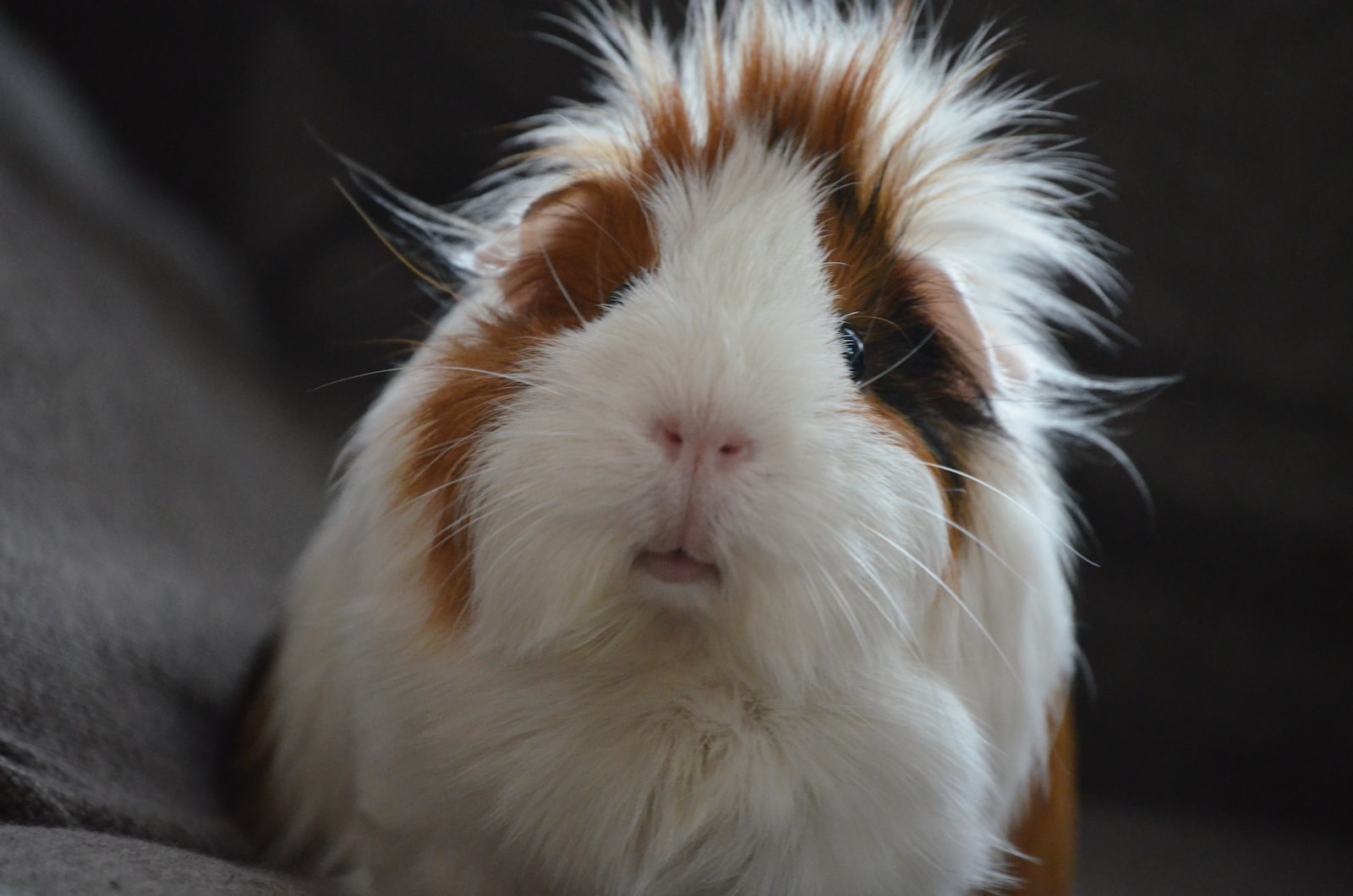
Which is better guinea pig or rat?
Deciding between guinea pigs and rats may be challenging, as each offers its own advantages. Guinea pigs are generally considered to be more docile and easier to handle than rats, while rats can provide hours of entertainment with their active personalities. Ultimately, the decision should come down to personal preference; some people may prefer a calmer animal like a guinea pig while others might enjoy an energetic rat. Whichever pet you choose, make sure it fits your lifestyle so that you can give them the best possible care.
Which is smarter guinea pigs or rats?
It is difficult to definitively answer the question of which animal is smarter, guinea pigs or rats. Both species exhibit sophisticated conduct, such as problem-solving and communication, making it difficult to determine which is the more intelligent. Studies suggest that, when considering relative brain size and learning capacity, rats may be more intelligent than guinea pigs. Ultimately, intelligence can vary greatly between individual animals within a species so it’s impossible to say conclusively which one is smarter overall.
Will a guinea pig fight a rat?
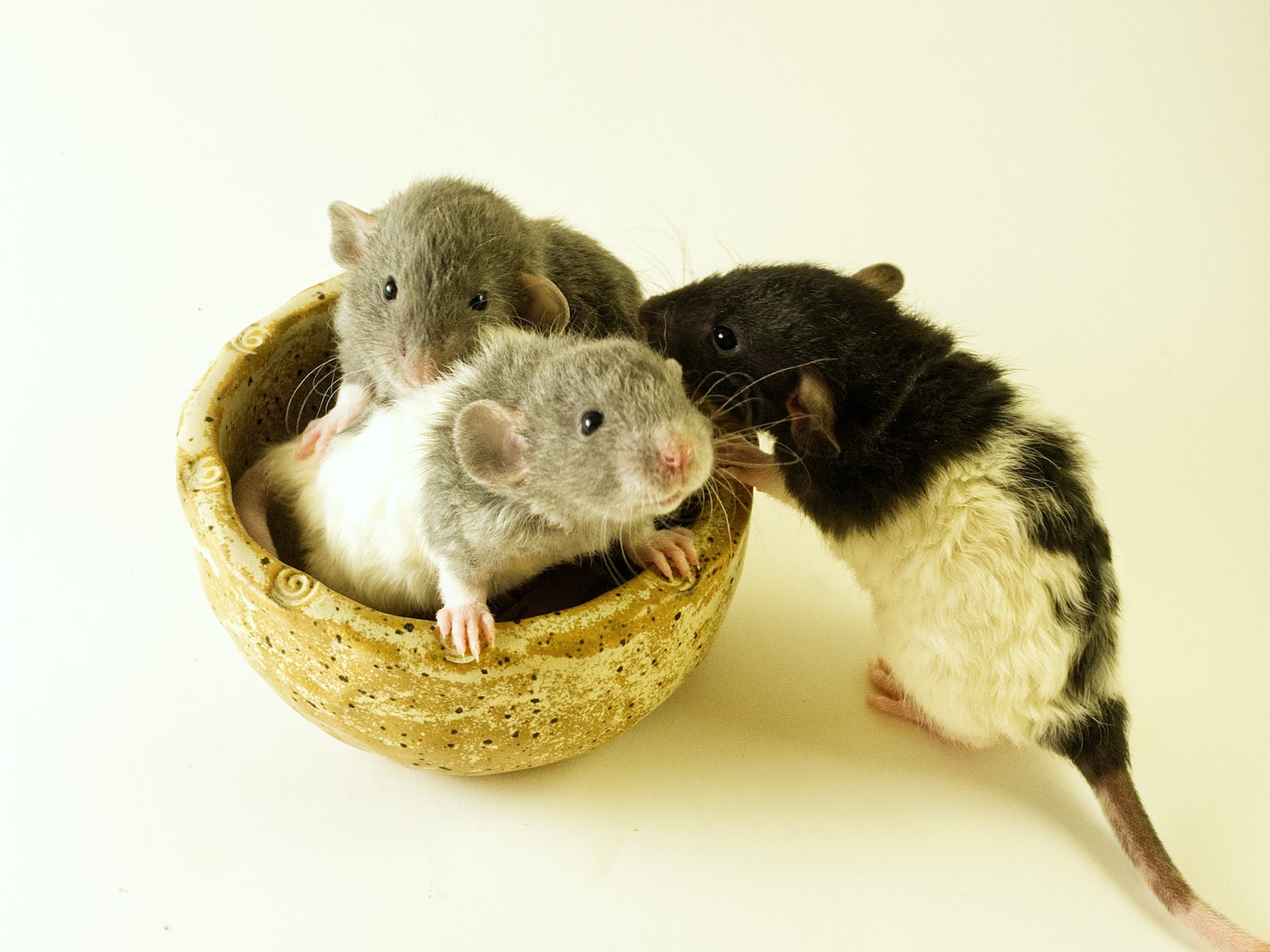
No, a guinea pig will not rarely bite or fight a rat. Generally speaking, guinea pigs are docile animals that rarely display aggressive behavior towards other creatures. Rats, on the other hand, can be more aggressive and may see the guinea pig as prey or competition for resources. Therefore, it is advisable to maintain a separation between these two species in order to prevent any potential disputes.
Are guinea pigs the same as rats?

No, guinea pigs and rats are not the same. Though they share a similar physical appearance, guinea pigs and rats are two distinct species belonging to different families – Caviidae and Muridae respectively – with notable distinctions in diet preferences, behavior patterns, vocalizations, lifespan and more. Although they may appear alike because of their diminutive size and lengthy tails, there are various disparities between the two species including dietary preferences, conduct habits, vocalizations, life expectancy and more. Additionally, guinea pigs can be kept as pets whereas wild rats should never be handled or kept inside a home environment.
Conclusion
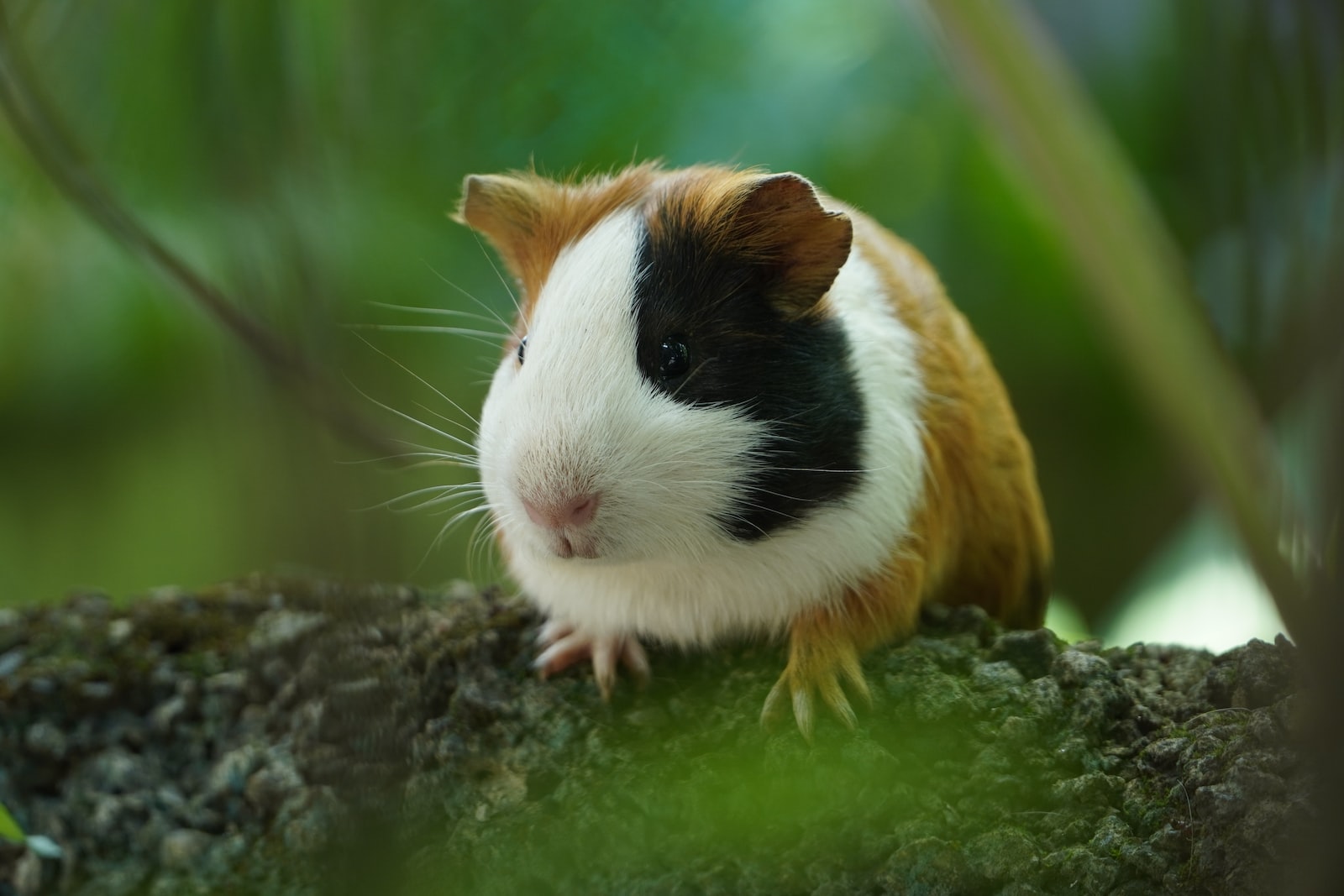
In the end, when considering either a guinea pig or rat as your pet, take into account their living conditions, sustenance requirements, exercise needs and grooming habits. Having an understanding of the distinct needs associated with guinea pigs and rats is essential to selecting the pet that best fits your lifestyle. With proper knowledge of these differences regarding guinea pigs vs rats you will be able to make an informed choice about which animal best suits your lifestyle.
Discover the differences between guinea pigs and rats on AltPet.net! Learn how to choose the right pet for your lifestyle, budget, and family size.

